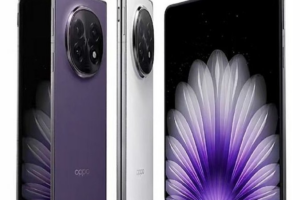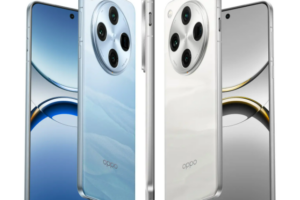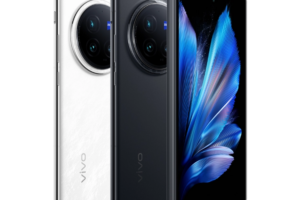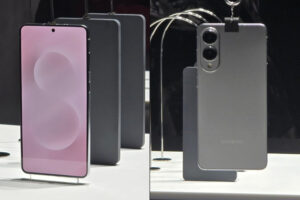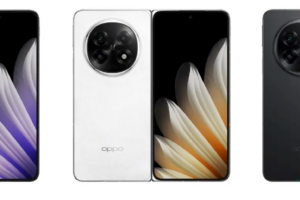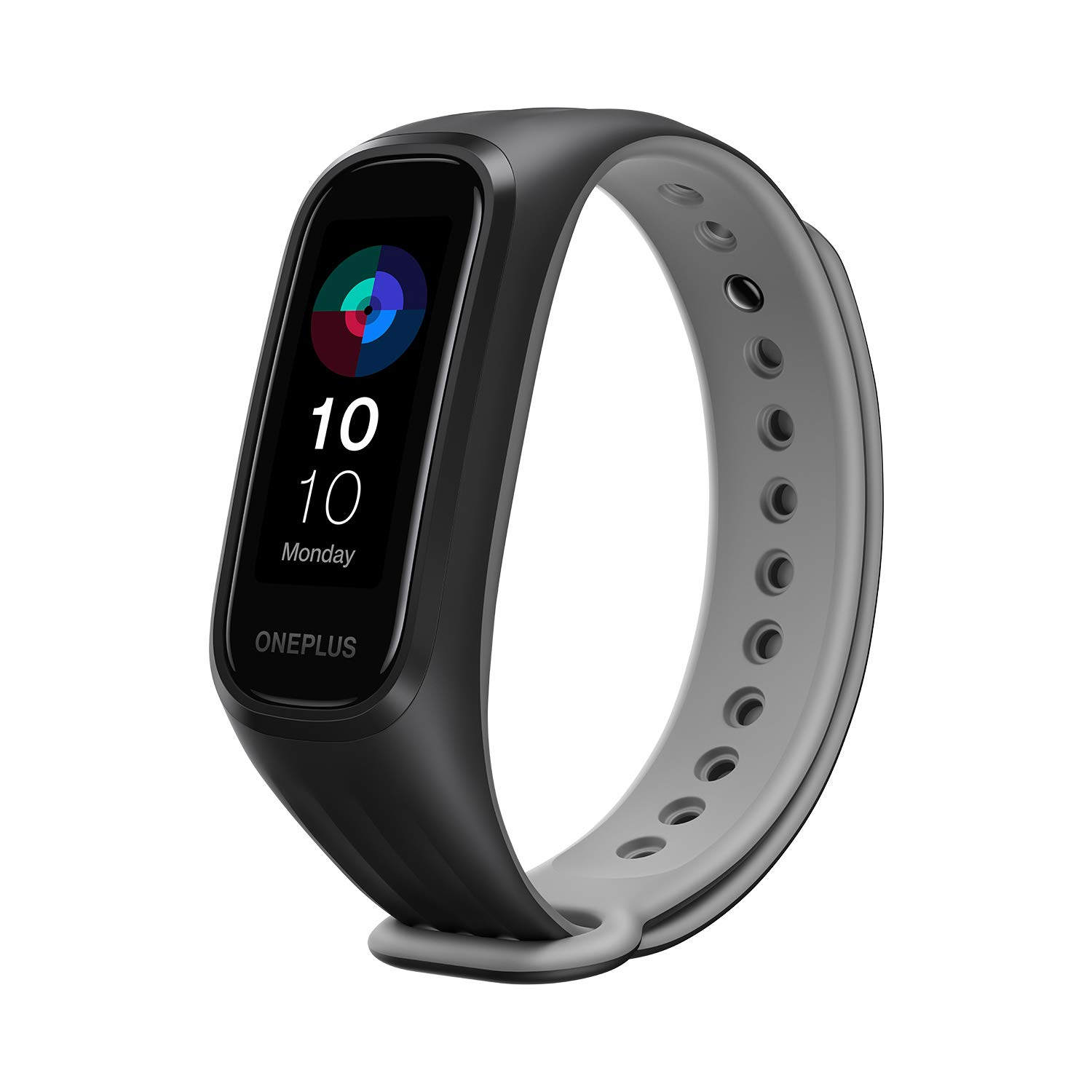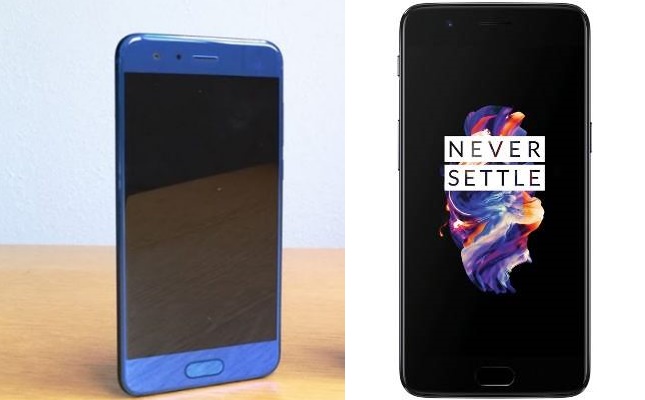In the year 2012, Google LG’s Nexus 4 and Samsung’s S3 were perhaps the finest of the Android powered smartphones. As smartphone manufacturers continue to showcase their flagships, new devices are expected to emerge that are both advanced in design and capabilities.
However, as smartphone user look ahead to the next sets of new releases, it is worthy appreciating that both Nexus 4 and Galaxy S3 are great models of the times. In price comparison, Nexus 4 is much cheaper as you could obtain your new set starting with a price of £239 if you want the 8GB storage capacity model.
The 16 GB Nexus 4 phone fetches somewhere starting from £279. On the other hand, Samsung’s Galaxy fetches around £450 for a 16 GB hand set. Although the phones have similar specifications, it may be argued that the price is one of the notable differences between these smartphones.
Moreover, in terms of dimensions, Nexus 4 is smaller measuring 69 x 134mm. Galaxy S3 measures 71 x 137mm. There is notable thickness between the two phones with Galaxy S3 having a thickness of 8.6mm while Nexus has 9.1 mm thickness.
Another difference is noted in weight and S3 is lighter at 133g while Nexus 4 weights 139g. The screen resolution has always been an aspect of interest to both smartphone users and designers. Google LG’s Nexus 4 has a 4.7-inch display screen and when compared to Galaxy S3, it is slightly smaller as the latter has a screen of 4.8 inches.
In addition, Galaxy S3 has adopted Super AMOLED technology and Nexus 4 has incorporated IPS display. Nexus 4 has a higher resolution of 768 x 1280p with a density of 320 pixels per inch. Samsung has used a resolution of 720 x 1280p but on a larger screen meaning that the density is lower and is placed at 306 pixel per inch.
Galaxy S3 verses Nexus 4: Processor Memory Storage and Camera
Although both Nexus 4 and Galaxy are superior quality phones, there are some differences, which users can examine when they want to buy these smartphones. Processing capacity and memory are perhaps some of the essential features of smartphones. Nexus 4 has offered a Qualcomm Snapdragon S4 Pro 1.5GHz quad-core processing unit and a random access memory of 2GB.
On the other hand, Galaxy S3 runs on an Exynos 4 Quad 1.4GHz quad-core chip, which is its own creation and has a RAM of 1GB. Although Galaxy S3 gives better options for storage with 16, 32 and 64 GB model smartphones, it also features a microSD slot, which allows users to expand their storage up to 64 GB maximum.
Nexus 4 has limitations because it only offers 8GB and 16BG models. The camera feature is another aspect which users are keen to known and for the Nexus 4, its front facing camera has a 1.3 Mp lens and S3 has a 1.9 Mp lens front facing camera.
Both phones however have 8Mp rear facing cameras, which have a 1080p full video recording capacity. In addition, the two phones can shoot videos at a frame rate of 720p. Besides the cameras, processor, memory, and storage, there are also internet connectivity and software application features which are of interest to users.
Each of these phones offers a GPS connection, Wi-Fi, and Bluetooth in addition to near field communication. Both phones also provide wireless charging. Although Nexus 4 does not feature 4G connections, Samsung has advanced and made available a 4G LTE model of the Galaxy 3 series.
Last but not least, these two phones run on Android operating systems with Nexus 4 operating system more profound. If you are looking for something superior in smartphone sets, these two lead the ranks and you can make considerations based on design, processing ability and storage options besides the connectivity features.

